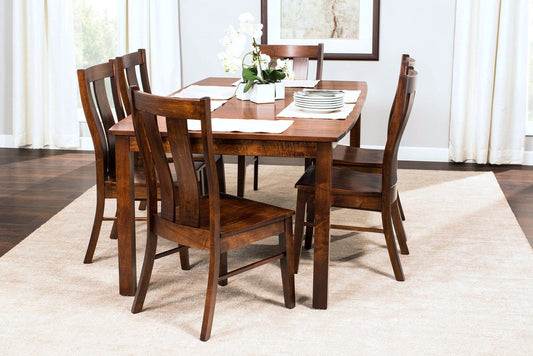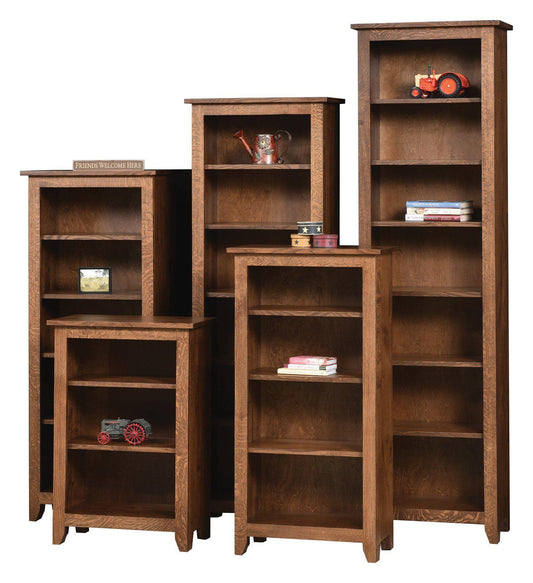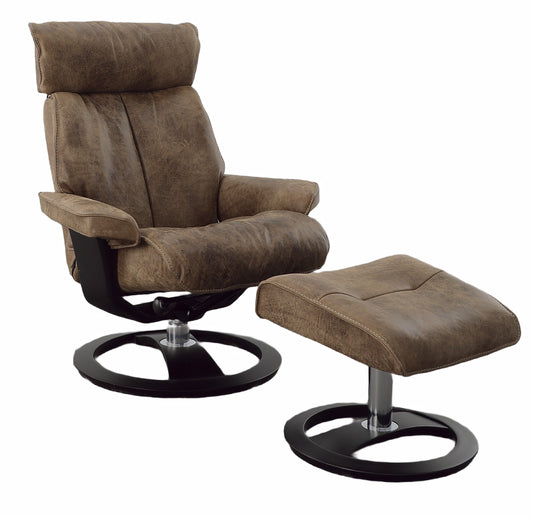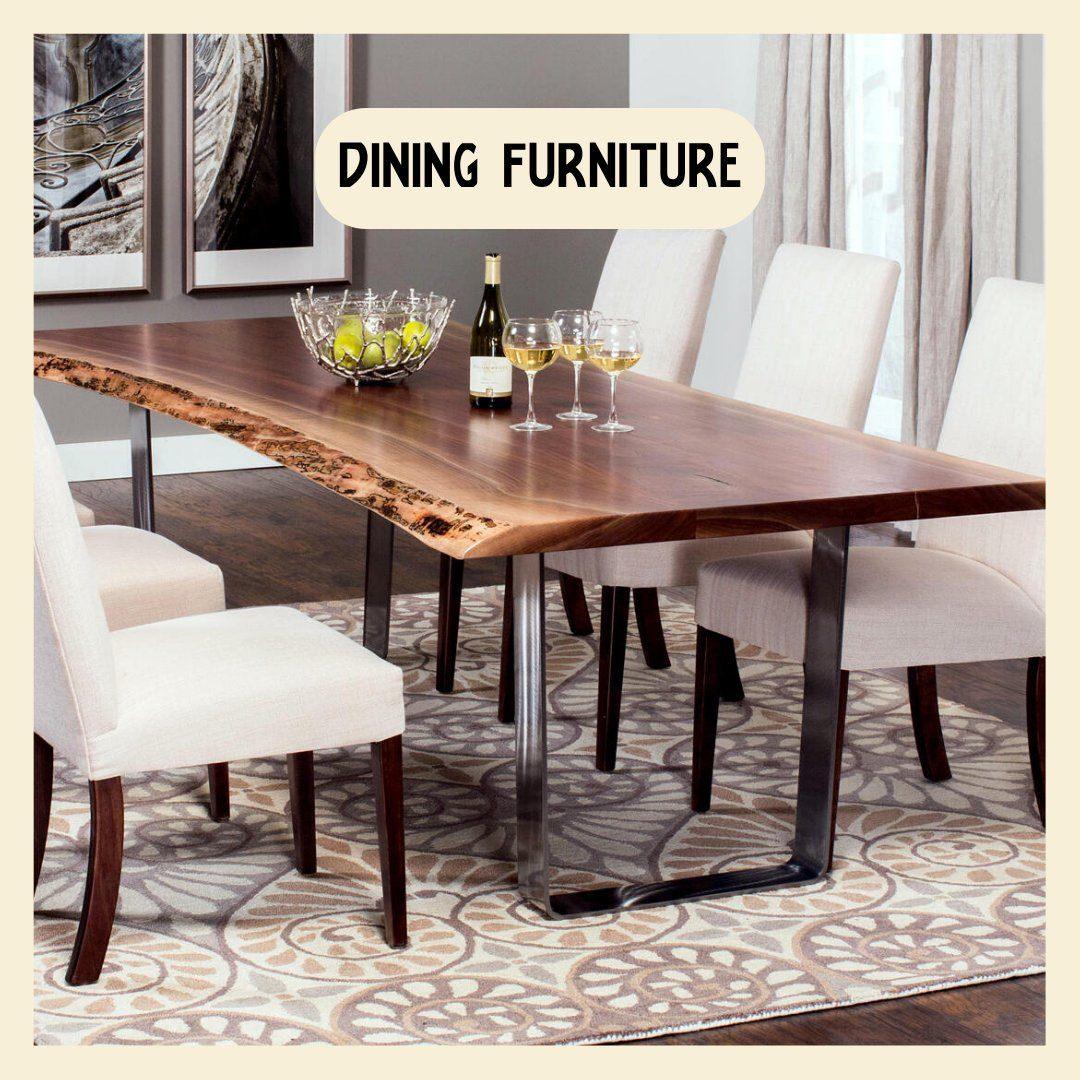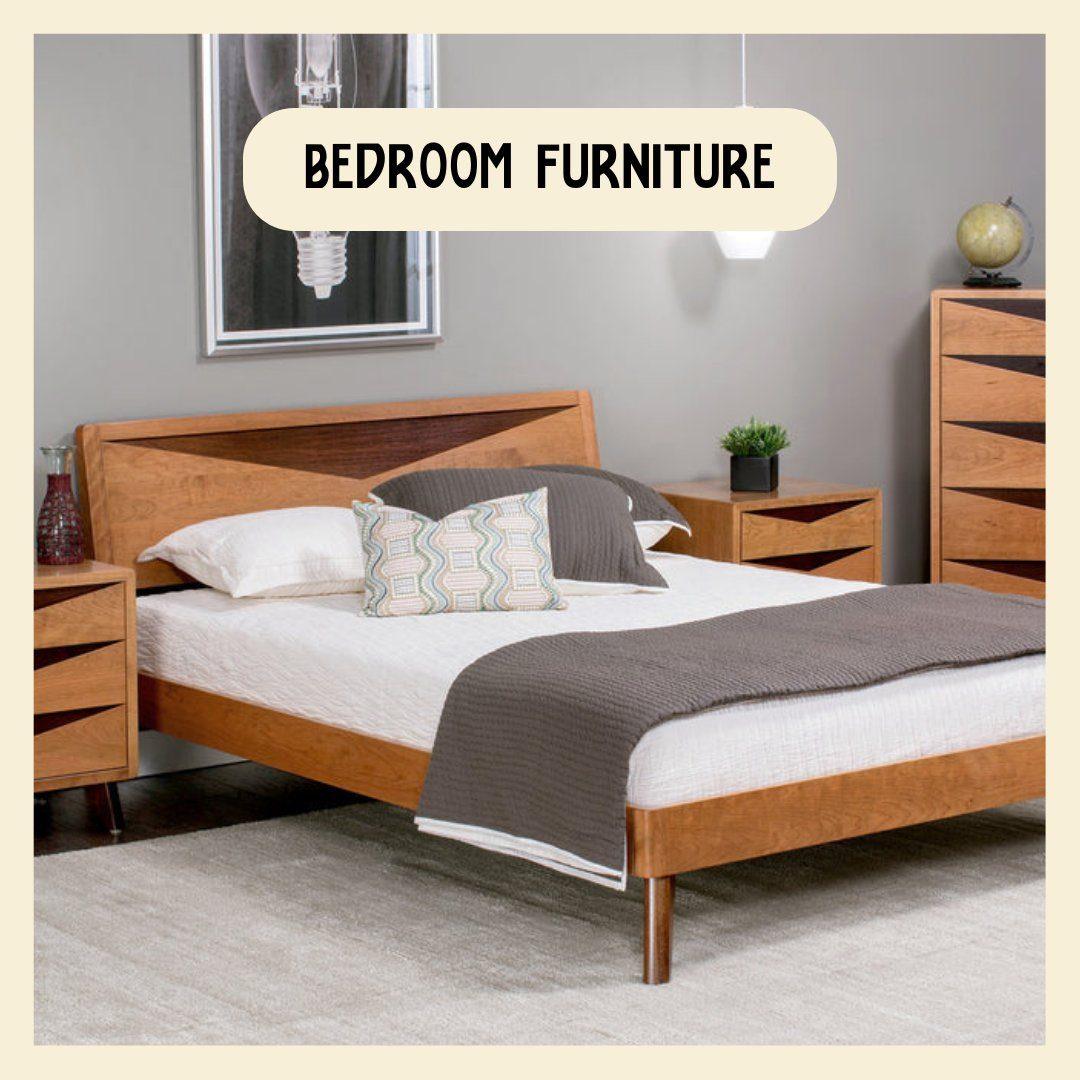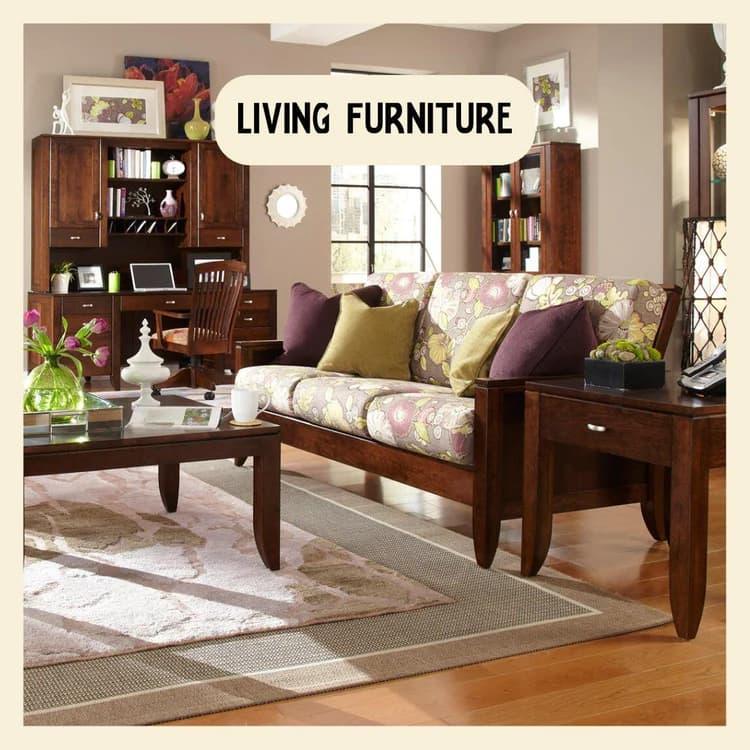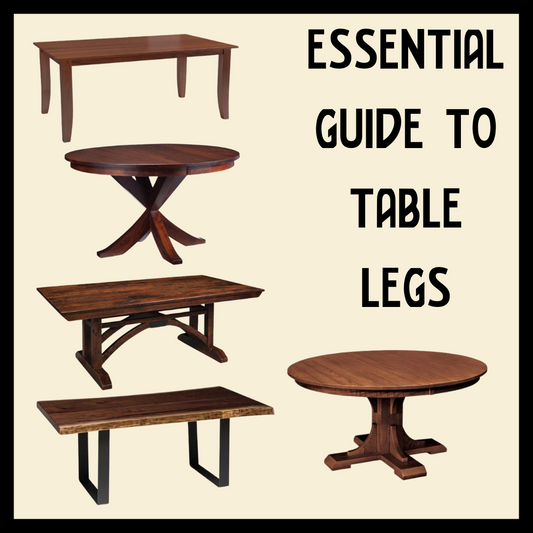Maple Wood: A Primer
If you live in the United States, chances are you've used a lot of things made with maple wood. As one of the hardest wood species, maple wood is often the wood of choice for heavier use items such as desks and dressers. Maple wood is incredibly durable and affordable, and its resistance to wear along with its receptiveness to staining makes it a popular choice for pieces stained to mimic more expensive woods (i.e. cherry or mahogany).
There are 23 species of maple wood grown in Canada and the U.S. and they flourish along the range from southeastern Canada and Maine over to Minnesota, down through the Great Lakes region and into the southeast United States in Alabama. There are two broad groups of maples: soft maple and hard (or "sugar") maple - the trees tapped each season for their sap. The terms "rock" maple and "rock-hard" maple are also popular and stem from an 18th century cabinet maker named Rock who manufactured "Rock's Hard Maple Furniture."
Hard Maple
The largest quantities of hard maple are found in the Great Lakes region, with Michigan and New York producing the most trees in the U.S. Hard maple is extremely tough - absorbing shock, remaining strong when bent, and resisting wear. It is denser, harder, stiffer, and stronger than all other species of commercially available maple.
Unlike most other hardwoods, it's the sapwood of hard maple - rather than the heartwood - that's most commonly used in production. The sapwood of a maple generally shows a clean, white appearance and is free from defects while the heartwood can run from light reddish brown to dark brown.
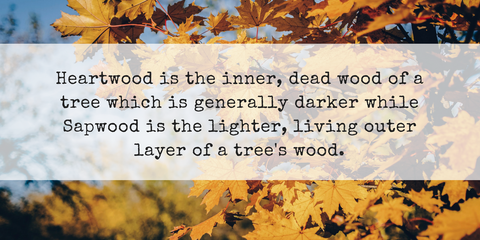
Soft Maple
Soft maple, abundant along the same regions as hard maple but flourishing in damper grounds such as lowlands and swamps, tends to resist warping and twisting better than its counterpart. Although similar in appearance to hard maple, soft maple tends to produce a more pronounced grain over lighter woods. And while hard maple is one of the easier woods to work with, soft maple is even easier to glue, stain, and finish.


Caring for your Maple Wood
Like other woods, maple wood will benefit from a regular routine of dusting, polishing, and occasional oiling. Use a clean dry cloth or a duster to remove any dust and keep the wood looking vibrant. If you come across any smudges or small stains you can use a clean, damp cloth (make sure its wrung out completely before use) to wipe away the imperfections. About once a week your maple wood can benefit from a once over with a wood polish of your choice. Much less frequently, about once a year, treat your wood with an wood oil designed for the task. If you're looking for a more environmentally friendly way to oil your wood, equal parts olive oil and lemon juice will work to restore the luster to your piece.
Is Maple Wood Right for You?
Maple wood is one of the most abundantly used woods for crafting furniture in the United States. Its durability, affordability, and its receptiveness to stain make it ideal for everything from kitchen islands to media cabinets and more. If you want something that will hold up to life and show off unique beauty in its grains and stains, consider maple wood for your next craftsman furniture piece or arts and crafts collection.


